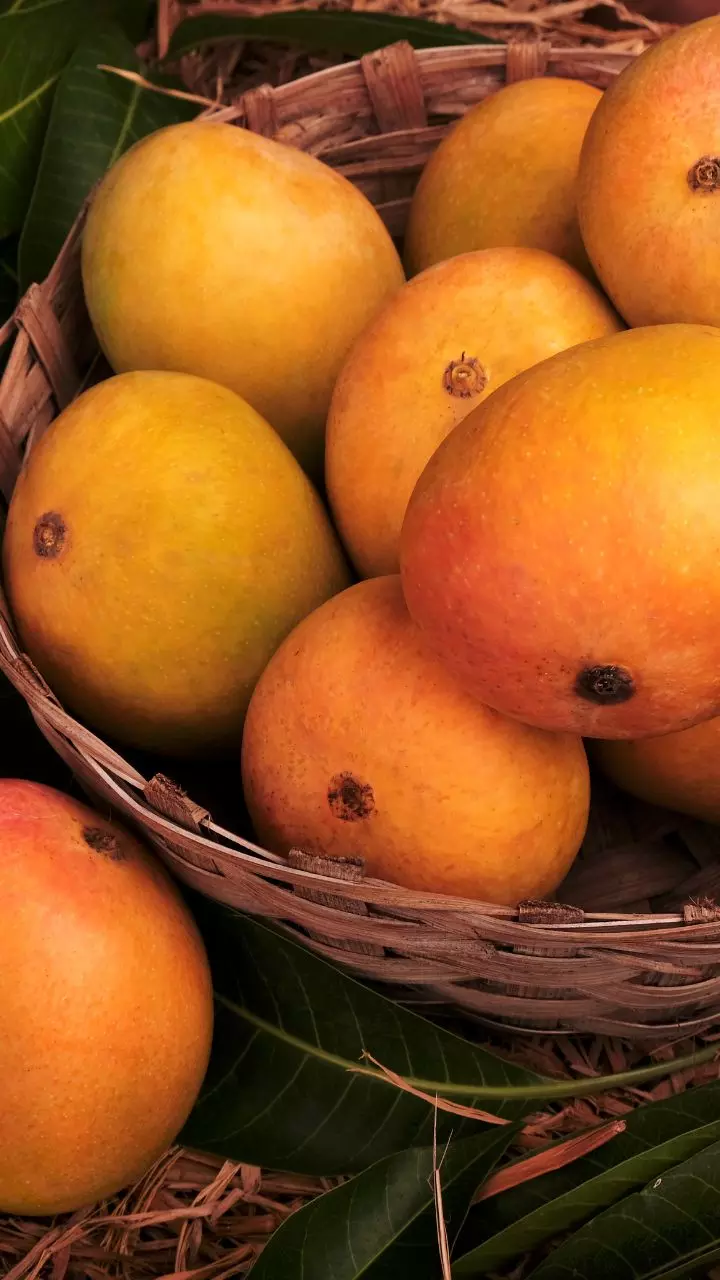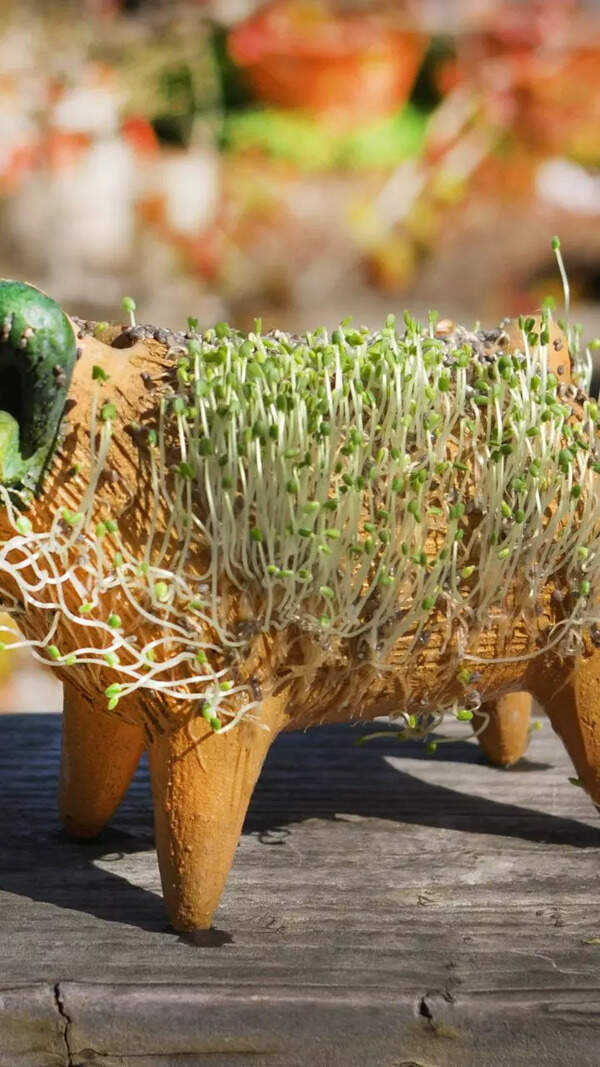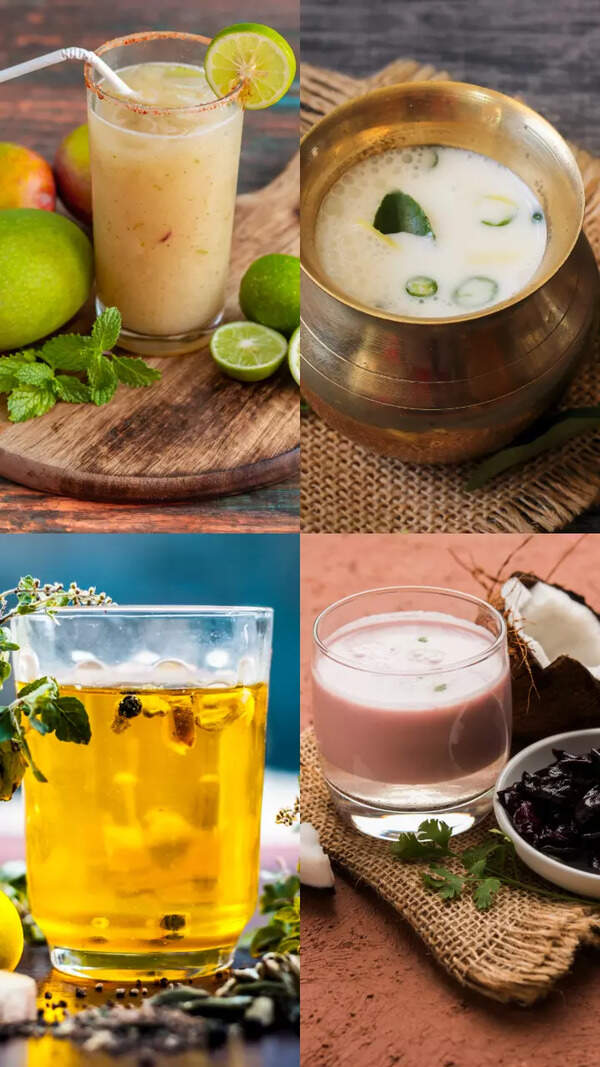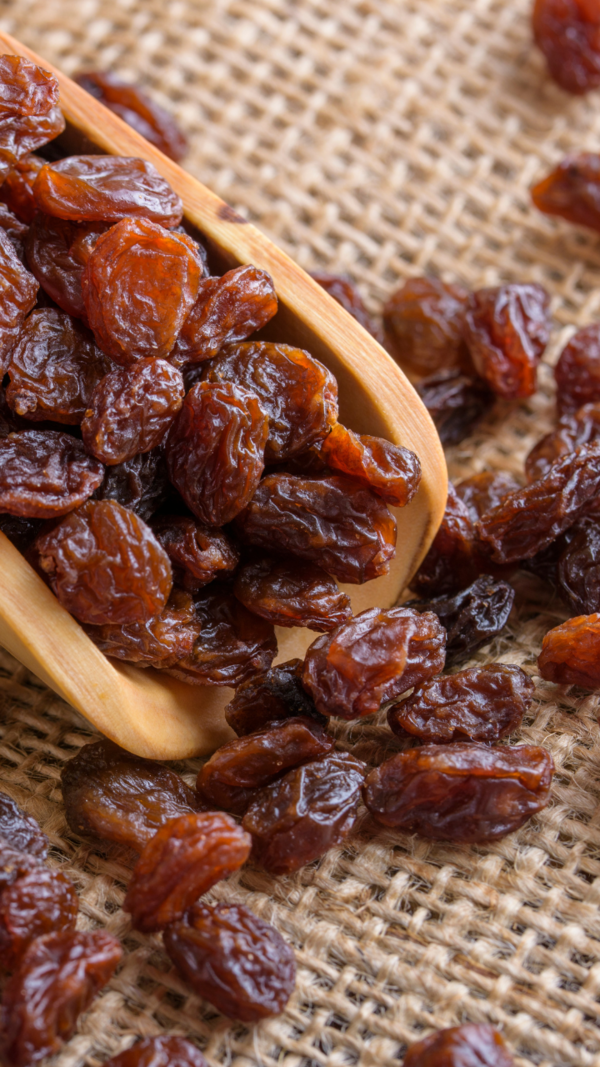6 unique creatures that can survive near volcanoes and how

6 fascinating creatures that can survive near volcanoes
Volcanoes are often associated with disaster– eruptions that destroy everything in their path, releasing toxic gases, intense heat, and ash clouds that last for days. Yet, in these unpredictable environments, some species have found a way to survive. While most animals stay away from these risky areas, a few have adapted to live near them, handling the heat, tough land, and scarce food.
These aren’t animals you’d normally think of living near lava flows or hot springs. But nature finds a way to adapt, and these species show just that. From birds to reptiles to tiny organisms, here are six animals that live near volcanoes and how they’ve adjusted to their tough environment.

Lesser Flamingo
The Lesser Flamingo is commonly found near lakes shaped by past volcanic activity. These waters are full of minerals and often very alkaline, which isn’t ideal for most animals. However, the flamingos thrive here, feeding on algae and tiny creatures that thrive in this mineral-rich environment.

Land Iguana
In the Galápagos Islands, Land Iguanas are often seen in lava fields and dry volcanic areas. These reptiles use the heat from the rocks to control their body temperature. They eat local plants, like cactus pads, and have adapted well to the hot, dry environment.

Hawaiian Blackfoot Limpet
Along Hawaii’s volcanic shores, the small Hawaiian Blackfoot Limpet stands its ground. Found in rocky coastal areas shaped by lava, it feeds on marine growth like algae. Its strong grip on the rough, wave-hit rocks helps it survive in both the ocean and the hot, black rocks it lives on.

Nene Goose
Hawaii’s Nene Goose has adapted to a unique landscape. Often seen walking on old lava plains and grasslands, these birds eat local plants and nest in rocky areas. They’ve adjusted to the rough, uneven land and limited food found near the volcanic regions of the islands.

Thermophiles
Thermophiles aren't animals in the usual way– they’re tiny organisms– but they play a key role in volcanic ecosystems. Found near hot springs and vents, they can survive in extreme heat that would be deadly to most other life. Their presence helps create unique food chains in these environments.

Vampire Ground Finch
Another native of the Galápagos, the Vampire Ground Finch has a unique diet. Besides seeds and insects, it’s been seen feeding on the blood of other birds. Living on volcanic islands, it has adapted to the tough, rocky landscape, using whatever food sources it can find.








